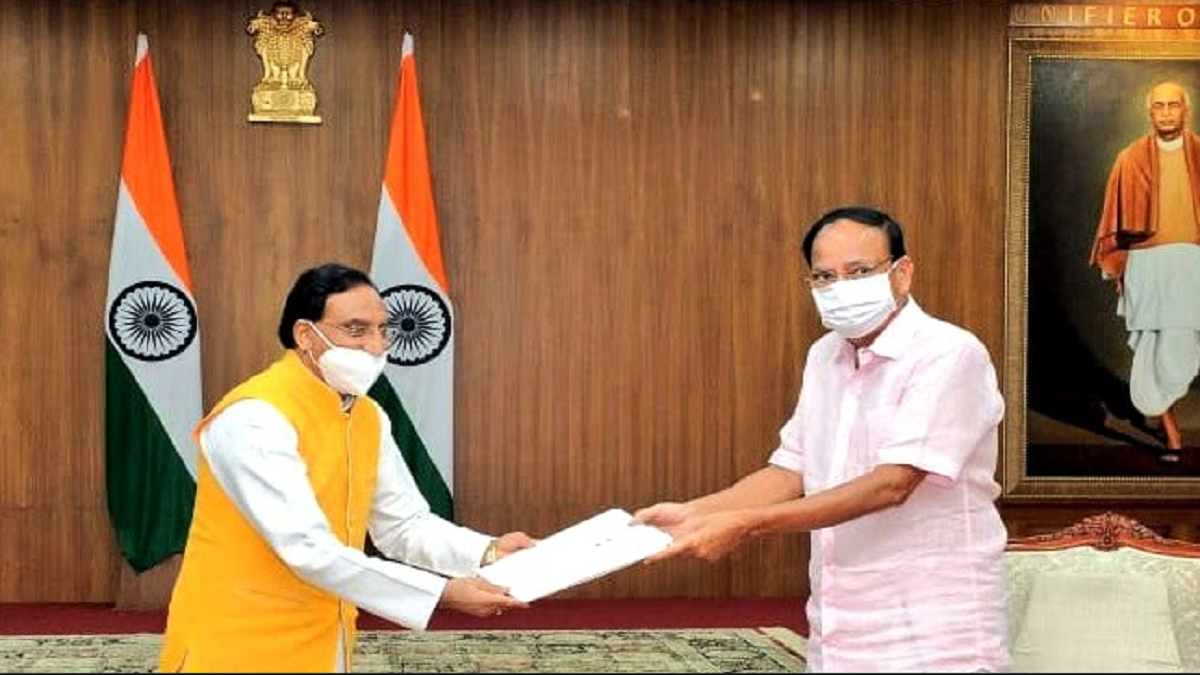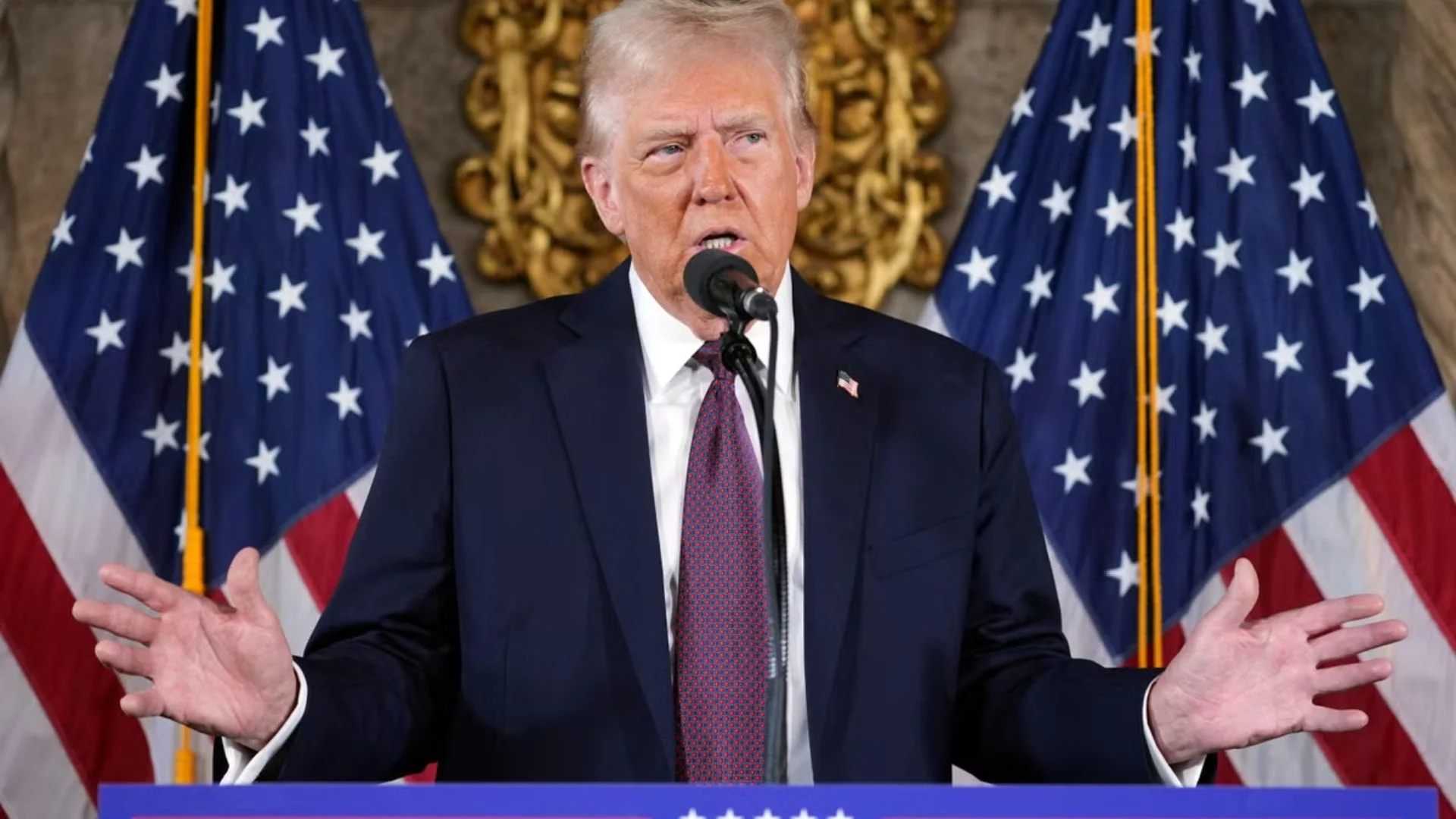India can become a true knowledge society and economy only when it comes out of the shackles of Lord Macaulay’s Westernised education system so deep rooted in our country. It is for the first time in independent India that a sincere and serious effort has been made to usher in farreaching transformations in India’s educational system. This new National Education Policy (NEP), announced by the government, is geared towards preparing our students for meaningful and satisfying lives and responsible citizenship roles with a global outlook but rooted in Indian ethos.
What is strikingly unique about NEP is the extent and magnitude of consultations that were carried out before finalising the education policy. Stakeholders from across the country — nearly 2.5 lakh gram panchayats, 6,600 blocks, 6,000 urban local bodies, 676 districts — were consulted for their feedback. The draft NEP was translated into 22 languages. Consultations were held with the state governments and members of Parliament. In JNU too we held a one-day workshop on draft NEP and had consultations with faculty members. Our feedback was sent to the MHRD and we are glad that some of our suggestions were positively considered. Therefore, I have no doubt in my mind that this NEP is clearly a democratic outcome of the collective efforts of all the stakeholders.
The NEP is very exhaustive with futuristic approaches to uplift and transform the education in India. NEP deals in detail with all aspects of education in India right from school education to higher education, from quality of teaching learning processes to high quality research in universities, from teacher training to governing structures of educational institutes, use of technology, promotion of indigenous knowledge systems and many other important issues that confront education in our country. However, I would like to focus on how NEP addresses a few important issues that are close to my heart.
Let us first see how NEP caters to the disadvantaged sections. We know from National Statistical Office (NSO) reports that about 12 per cent of girls drop out of school to get married and another 32 per cent for domestic reasons. Nearly 35 per cent of boys drop out for financial and employment reasons. We must end this trend of dropping out from school. There are three ways in which NEP aims to address this issue of drop out. First, by making efforts to incentivise the meritorious students belonging to SC, ST, OC and other socially and economically disadvantages groups. Private HEIs will also be asked to play a role by offering larger numbers of free ships and scholarships. Second, NEP encourages HEIs to offer Open and distance learning with a target to increase the Gross Enrolment Ratio to 50%. Third, and this is the most important aspect, is the integration of vocational education and multiple entry/exit points. Depending on the family or financial situation, students will have the opportunity to take breaks in their education and come back to complete their education. Further, NEP outlines the establishment of alternative and innovative education centres to help students who drop out of school are brought back to education, particularly the children of migrant labourers.
Swami Vivekananda said, “The men and the women are the two wheels of the society. Hence, we need education for the females as we need for the males.” Unfortunately, even decades after Independence, we still do not see a larger participation of girls in higher education. To enable more girls to be part of higher education, the NEP proposes that the Government of India will develop a ‘Gender-Inclusion Fund’ to build the nation’s capacity to provide quality and equitable education for all girls. The aim is to make sure every girl in the country is part of the schooling system and high proportion of the in higher education by fostering gender equity and inclusion. Here, educational institutes too have to play a proactive role by engaging with the civil society to adopt best practices and inculcate girl’s capacity for leadership. NEP envisages that all schools develop appropriate mechanism to eschew discrimination, harassment and intimidation of women and girls. The NEP suggests that the gender inclusion fund will be made available to the States to address local context-specific impediments which come in the way of providing access to good education to female and transgender children. To prevent drop out and provide suitable and safe environs, free boarding facilities are planned to be built for students who from socio-economically disadvantaged backgrounds and particularly for girls. The idea is to ensure that every student who will come of school is proficient in at least on skill.
One important segment of our society on whom we have so far not paid significant attention in making them enabled workforce is the people with disabilities. NEP has given a great emphasis on establishing resource centres for learners with severe or multiple disabilities at village/ block level to provide skills to these learners. There is also a proposal to develop a common Indian Sign Language in addition to encouraging the local sign languages. To the students with disabilities, language-appropriate teaching-learning materials will be provided so that they can seamlessly integrate into the school eco-system. If differently-abled students in school education can progress to higher education with financial support from scholarships for talented and meritorious students as planned in NEP, it will create greater opportunities to them to be part of India’s economic growth.
The emphasis given by NEP to impart early childhood education in either mother tongue or in one of the local languages will have a far reaching positive impact on students and their thinking process. It is well known that the choice of language for instruction in early years of school education decides educational outcomes. Research shows that learning outcomes are best when education is imparted in a language familiar to the early learners, which invariably happens to be their mother tongue or local language. NEP aims to raise the status of all Indian languages and their literature. There is strong endorsement of the three-language formula in the education policy which will enhance national integration. If advanced countries can preserve their languages in the face of internationalisation, why can’t India preserve its truly rich languages and literatures?
The plans mooted by NEP for introducing holistic and multidisciplinary education with emphasis on flexibility make it the best and truly the first National Education Policy that India has ever envisioned after Independence.
The writer is Vice-Chancellor, Jawaharlal Nehru University, New Delhi.























